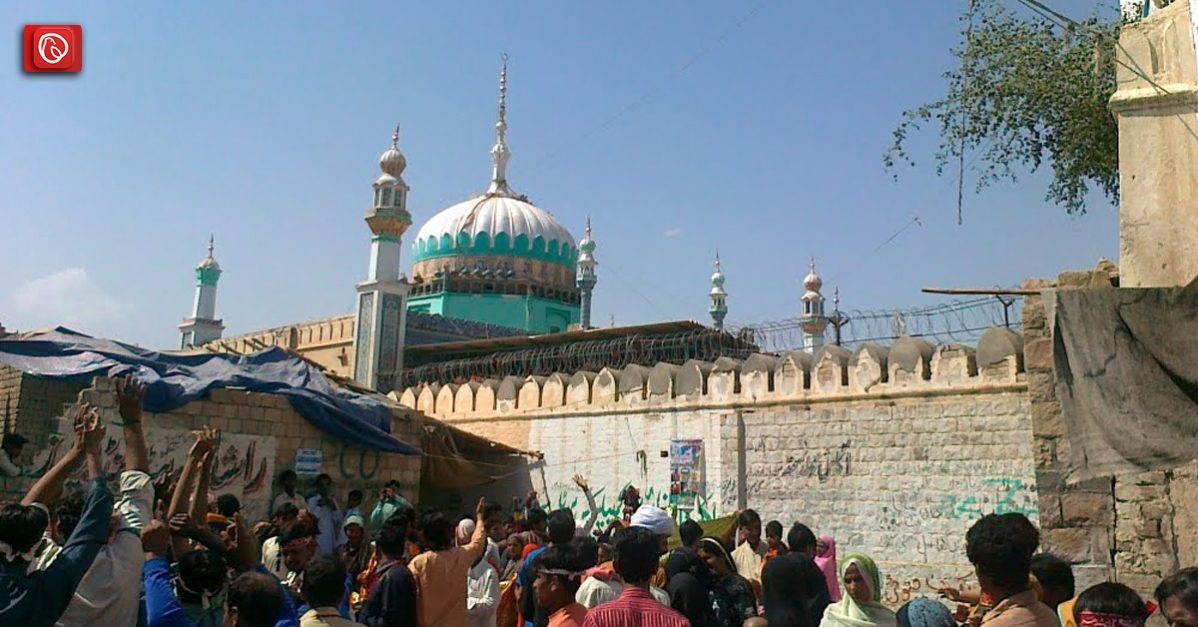
Source:
Sakhi Sarwar is a shrine in Pakistan that is renowned for its mystical wonders. Devotees from far and wide flock to this sacred site to seek solace, blessings, and fulfilment of their heartfelt desires.
Graana.com provides an overview of the shrine below, exploring the legends that surround this enchanting destination.
Situated in the Sulaiman Mountain Range of Dera Ghazi Khan district in Punjab, this sacred shrine holds immense significance for people of various religious backgrounds. Dedicated to Hazrat Syed Ahmad Sultan, a revered Sufi saint, it is a blend of Islamic and local traditions.
You can access the shrine via any of the following options:
The most common and convenient way to reach Sakhi Sarwar is by road. From Dera Ghazi Khan, travellers can take the well-connected highways that lead to the village of Mukaam. Local transportation options, such as taxis and buses, are readily available for hire. The journey takes approximately 35 minutes, depending on the traffic and road conditions.
For those coming from distant locations, the nearest airport is the Dera Ghazi Khan Airport. After arriving, travellers can hire a taxi or use public transportation to reach the shrine. It is easily accessible from the airport, and the journey typically takes around 45 minutes.
Dera Ghazi Khan is also well-connected by rail. Travellers can take a train to Dera Ghazi Khan Railway Station, and then proceed to Sakhi Sarwar by road using local transport. The shrine is located at a convenient distance from the railway station. Once you reach, ample parking facilities are available for vehicles.
Sakhi Sarwar stands as a remarkable testament to the architectural prowess of the Mughal era. Built by Zaheer ud din Babar, a Mughal emperor known for his grand construction projects, the shrine showcases exquisite craftsmanship and intricate details that reflect the opulence of the Indo-Islamic architecture.
It is also considered to be one of the most Famous Historical Places in Dera Ghazi Khan. Legend has it that Hazrat Syed Ahmad Sultan, known as Sakhi Sarwar, arrived in the region centuries ago, bringing with him a message of peace, love, and spirituality. His benevolent presence and miraculous deeds soon captivated the hearts of the locals, who began to revere him as a divine figure.
Even after his departure from the mortal world, his spiritual energy is believed to have continued to permeate the land, drawing devotees in search of solace and healing.
According to popular belief, a divine spring miraculously appeared at the spot where Hazrat Syed Ahmad Sultan offered his prayers. Known as “Chashma-e-Noor”, or the Spring of Light, its crystal-clear waters are believed to possess healing properties. Visitors come here often, hoping for spiritual renewal and physical well-being.
Every year, a grand festival known as Sangh Mela is celebrated at the revered shrine, paying tribute to the remarkable deeds of Syed Ahmed Sultan. Drawing thousands of devotees from distant places, this festival becomes a testament to the profound reverence for this esteemed saint.
Prior to visiting the shrine, devotees find solace in the tranquil surroundings of the tombs at the shrine of Hazrat Syed Sakhi Zain ul Abdieen, who were the parents of Syed Ahmed Sultan.
One of the most intriguing legends tells the story of a sacred tree that fulfils the wishes of devotees. It is said that tying a piece of cloth or a colourful thread to the branches of this blessed tree while making a wish ensures its fulfilment.
Following are some of the frequently asked questions regarding the shrine of Sakhi Sarwar.
It holds great spiritual significance and people visit this shrine to seek blessings, healing, and fulfilment of their heartfelt desires.
Yes, people of various religious backgrounds can visit the shrine.
The shrine experiences a significant influx of devotees during the annual Urs festival, held in the Islamic month of Muharram.
Yes, there are certain rituals and practices that pilgrims follow when visiting. Many offer prayers at the shrine, tie colourful threads or cloths to the sacred tree, and take a dip in the Spring of Light. It is also common to distribute food and donations among the less fortunate as acts of charity and devotion.
The annual Urs festival commemorates the death anniversary of azrat Syed Ahmad Sultan, and serves as a celebration of his life and teachings. During this time, the shrine is adorned with decorations, and devotees gather for spiritual gatherings, recitations, and Qawwali performances.
For more information, visit Graana.com.
ISLAMABAD: Prime Minister Shehbaz Sharif laid the foundation stone for the Murree Road underpass on…
DUBAI: Pakistani real estate developers and representatives showcased a range of commercial and residential investment…
ISLAMABAD: Capital Development Authority (CDA) is currently undertaking a major Rs652 million project to upgrade…
Karachi – Mayor Barrister Murtaza Wahab has announced the launch of a citywide anti-encroachment operation…
ISLAMABAD: CDA Chairman Muhammad Ali Randhawa has directed the immediate restoration of 23 non-functional water…
ISLAMABAD: In a major relief for the real estate sector, the federal government has decided…